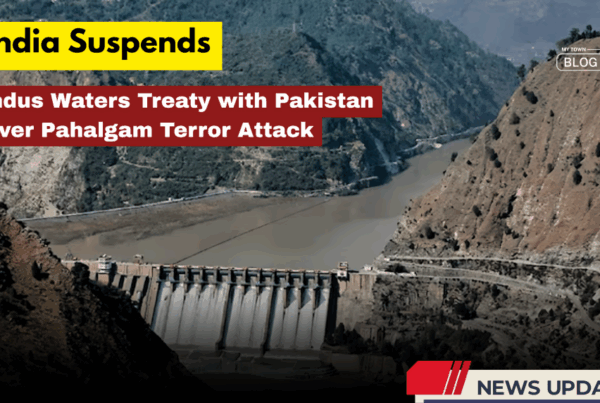In response to the April 22 terror attack in Pahalgam, Jammu and Kashmir, which claimed 26 lives — mostly tourists — India has launched a decisive military operation named Operation Sindoor. This was followed by a nationwide civil defence drill on May 7, 2025, showcasing India’s military readiness and civilian preparedness amidst rising tensions with Pakistan.
Here’s a comprehensive and point-wise breakdown of these critical developments:
Operation Sindoor: India’s Strategic Airstrikes
- Launch Date: May 6, 2025
- Trigger: Terror attack in Pahalgam blamed on Lashkar-e-Taiba and Jaish-e-Mohammad, allegedly operating from Pakistan.
- Objectives:
- Destroy terror infrastructure across Pakistan and Pakistan-administered Kashmir.
- Send a strong message of zero tolerance to cross-border terrorism.
- Execution:
- Indian Air Force used Rafale jets equipped with SCALP long-range missiles and AASM Hammer bombs.
- Nine targets were hit in:
- Muzaffarabad and Kotli (Pakistan-administered Kashmir)
- Bahawalpur (Punjab, Pakistan)
- Missiles were fired without entering Pakistani airspace — demonstrating high-precision capabilities.
- Results Claimed by India:
- Terrorist camps and leadership hubs destroyed.
- Operation lasted less than 45 minutes, emphasizing swiftness and surprise.
Pakistan’s Reaction: Escalating Countermeasures
- Initial Statement: Termed the strike as an “act of war”.
- Claims:
- Eight civilians killed, including a child.
- 35 injured.
- Initial reports falsely claimed five Indian jets were downed — later corrected.
- Retaliatory Moves:
- Heavy artillery shelling across the Line of Control (LoC).
- Closure of Pakistani airspace for 48 hours.
- Nationwide high alert and army readiness increased.
India’s Nationwide Civil Defence Drill (May 7, 2025)
As a preventive and preparedness step, India conducted its largest civil defence drill since 1971, covering over 259 locations.
Key Components of the Drill:
- Air Raid Alert Systems:
- Sirens tested to simulate aerial attack warnings.
- Purpose: Familiarize the public with real-time emergency signals.
- Blackout Drills:
- Areas like Chandigarh, Delhi, and Mumbai observed 10-minute blackouts (e.g., 7:30 PM – 7:40 PM).
- Goal: Prepare citizens for power cut protocols during wartime situations.
- Evacuation Procedures:
- Urban and rural zones rehearsed mass evacuation strategies.
- Focus on schools, markets, and hospitals.
- Public Education Campaigns:
- Leaflets, infographics, and mobile alerts circulated with safety instructions.
- Mock drills in railway stations, airports, and public squares.
- Coordination with Forces:
- Involvement of state police, fire departments, National Disaster Response Force (NDRF), and paramilitary forces.
Global Reactions: Calls for De-escalation
- United Nations: Expressed concern and called for dialogue.
- United States: Urged both countries to exercise restraint and explore diplomatic options.
- China: Condemned terrorism and advised peaceful conflict resolution.
- Russia & EU: Advocated for a bilateral ceasefire and intelligence sharing.
Strategic Significance
- For India:
- Reinforces a doctrine of proactive deterrence.
- Highlights military modernization (Rafales, SCALP missiles).
- Demonstrates civilian readiness through nationwide drills.
- For Pakistan:
- Faces diplomatic isolation over terror allegations.
- Economic stress compounded by airspace closure and military alert.
- For the Region:
- Adds pressure to an already fragile security landscape.
- Brings global attention to the Kashmir conflict and cross-border terrorism.
Conclusion
Operation Sindoor and India’s massive civil defence drill are clear indicators of a shift toward integrated national security, combining military might with public preparedness. As the world watches closely, the focus now shifts to whether diplomacy can defuse this escalating standoff between two nuclear-armed nations. In the meantime, India has sent a decisive message — it is prepared, proactive, and resolute in defending its people and sovereignty.
Resources:








